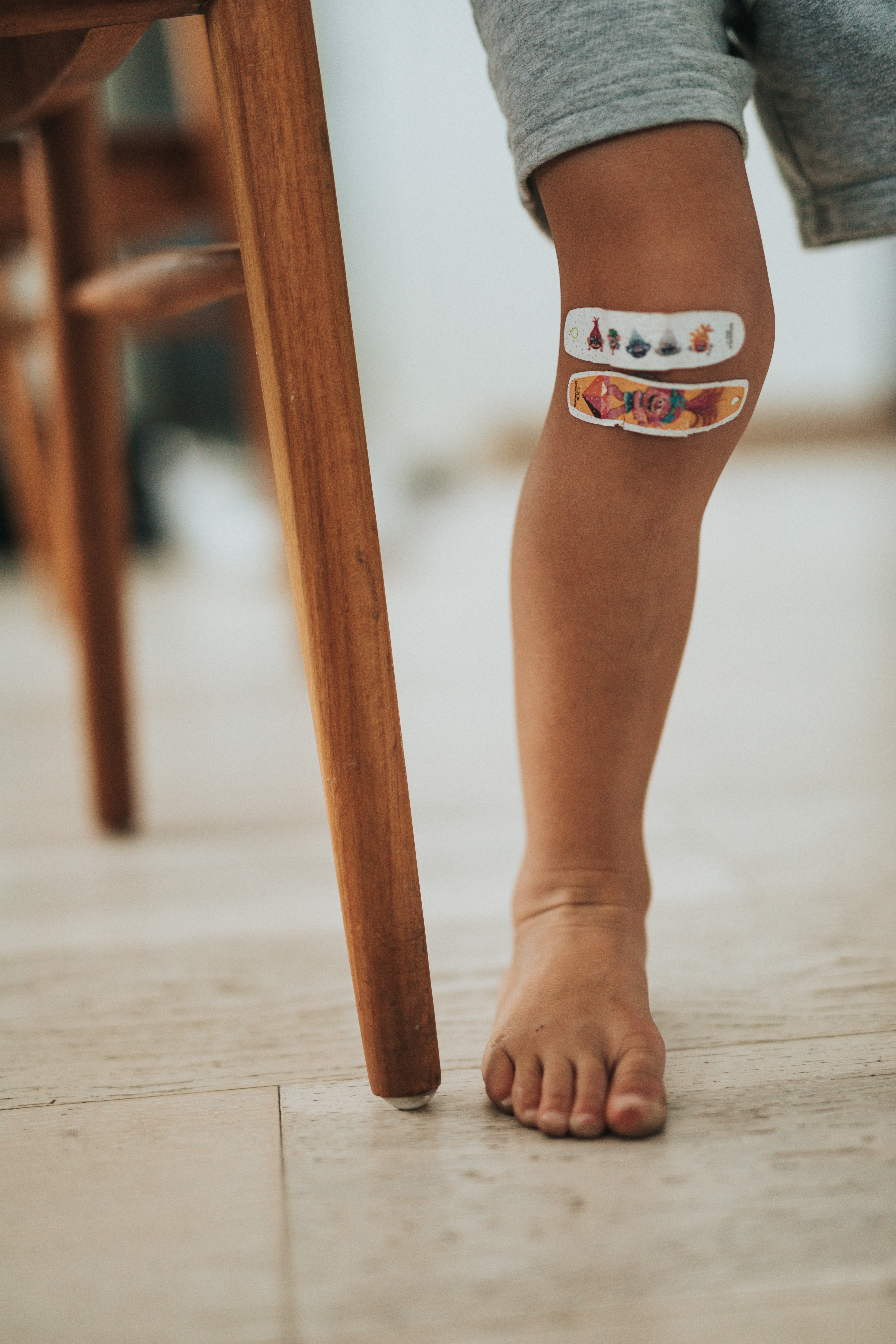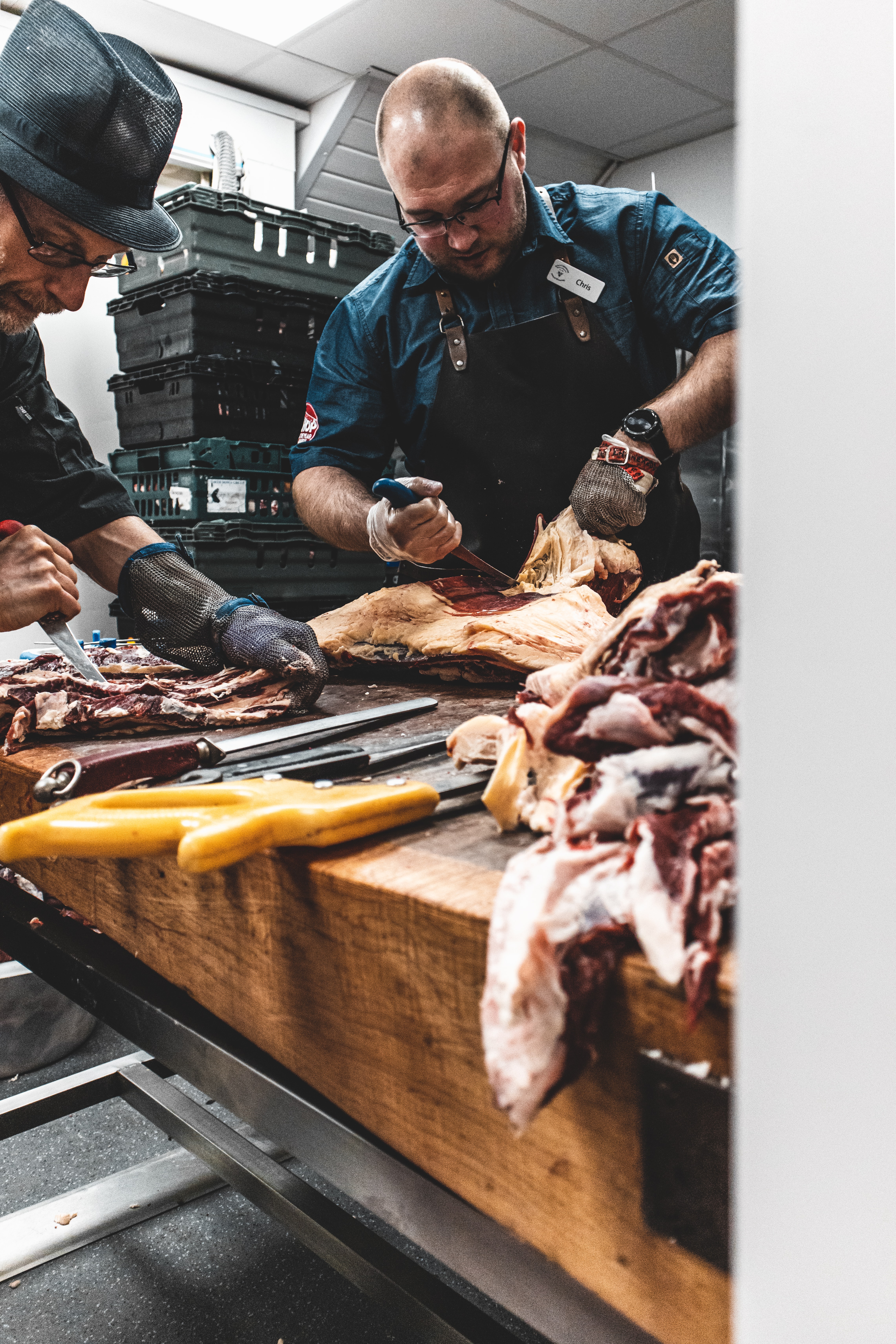Knee osteoarthritis

Osteoarthritis or OA, also known as degenerative joint disease is the most common cause of joint arthropathy resulted from wear and tear process and progressive loss of articular cartilage, which is the natural cushioning that absorb the pressure in the joint. When this happens, the bones facing on each other get very close against one another and start to rub more especially with movement. It can affects any joints in the body, such as the knees, hands, hips, feet, shoulder and spine. The intensity of the symptoms vary for each individual and usually progress slowly.
Symptoms of knee osteoarthritis are:
- Joint pain usually worse with movement and in severe stage, pain occur during rest as well
- Stiffness
- Swelling
- Crepitus or cracking sound from the joint rubbing
- Limiting mobility to walk
- Deformities (knees curving inward)
- Risk of fall and injury
Risk factor for developing knee osteoarthritis are age (more common in older patient above the age of 45 years), hereditary, gender (more common in women), having excessive weight or overweight, previous knee injury, repetitive strain injury (from occupation, sport activities), being an athlete (soccer, long distance runner) and having medical illness that affecting the joint such as rheumatoid arthritis and gout. The goal of knee osteoarthritis treatment is relieving pain, return of mobility and prevent further damage of the joint.
- Rest, reducing walk and use of stairs
- Pain relief such as paracetamol, NSAIDS, topical patch, gel or ointment
- Applying heat or ice to the affected joint
- Use of assisted devices such as cane, knee brace
- Weight loss
- Exercises such as stretching and lower impact activities like swimming and cycling. Exercises like running, jogging, squatting, lunges, walking or running on stairs and high intensity interval training can worsened knee osteoarthritis pain
- Knee injections with corticosteroid, hyaluronic acid and PRP
- Physiotherapy
If there is significant pain, disability not relieved by non-surgical treatment, surgeries can be considered. There are various surgery depending on your knee conditions such as osteotomy, synovectomy, cartilahe grafting and total or partial knee replacement (TKR).
If you suffered from knee osteoarthritis or any other joint pain problems, talk to our doctor for the right treatment available for your joint conditions.



